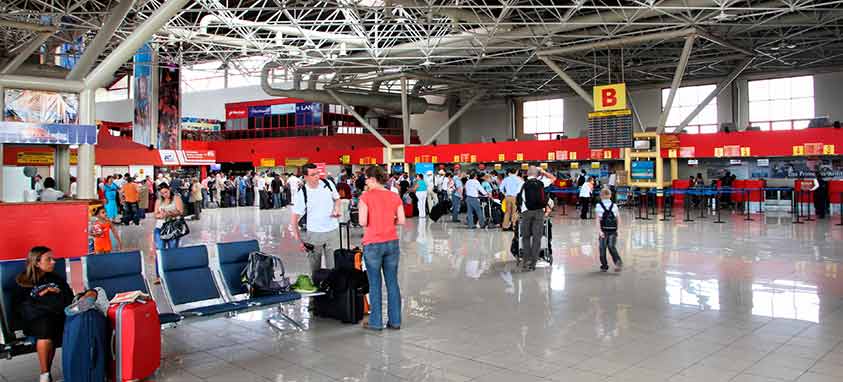Commercial flights between the United States and Cuba will be restored as early as 2016, and some U.S. airlines already are making or entertaining plans to fly directly to Havana and other Cuban cities.
The agreement was reached on Dec. 17. No flights have been offered between the two countries for a half-century. Howard Kass, American Airlines’ vice president of regulatory affairs, said the U.S. government is expected to approve 20 daily flights to Havana and 10 each to several other Cuban cities.
American Airlines announced that it will submit a United States-Cuba service proposal to the U.S. Department of Transportation to begin flights as early as 2016. The airline has offered charters to Cuban cities since 1991, and currently offers flights from Miami, Tampa and Los Angeles to Havana, Santa Clara, Cienfuegos, Camaguey and Holguin.
JetBlue also plans to apply for routes to Cuba. Scott Laurence, senior vice president for airline planning, told The New York Times that it’s likely that JetBlue will apply for commercial routes to Havana and other cities. Flights would be available from Orlando International Airport, Tampa International Airport, Fort Lauderdale-Hollywood International Airport, John F. Kennedy International Airport and Newark Liberty International Airport.
United Airlines and Southwest Airlines also have expressed interest in offering flights to Cuba.
U.S. President Barack Obama announced on July 1, 2014 the need for steps to be taken to normalize relations with Cuba. On Dec. 17, 2014, Obama and Cuban President Raul Castro reached an agreement to normalize relations between the countries. So, the commercial flights agreement was reached exactly one year after the normalization agreement.
Obama has eased some restrictions on Americans traveling to Cuba by allowing direct flights, cruise ships and ferry service, as long as travelers have an educational purpose. U.S. travel to Cuba has been steadily increasing ever since.
The door will be open to full U.S. tourism on the island if, as expected, the U.S. Treasury soon lifts a travel ban that prevents U.S. citizens from spending money in Cuba.
Cuba needs to establish a solid infrastructure and planning strategy to cope with thousands more visitors, however, by building more high-quality hotels and upgrading the quality of existing properties, as well as improving tourist areas.
Even now, Cuba is having a difficult time accommodating tourism: Some 3.14 million tourists came to Cuba from January to November this year, a 17.6 percent increase over the same period last year. It’s definitely a sellers’ market, so prices have increased accordingly. Prices of rooms in hotels & B&Bs have increased, even doubling or tripling at many places.




